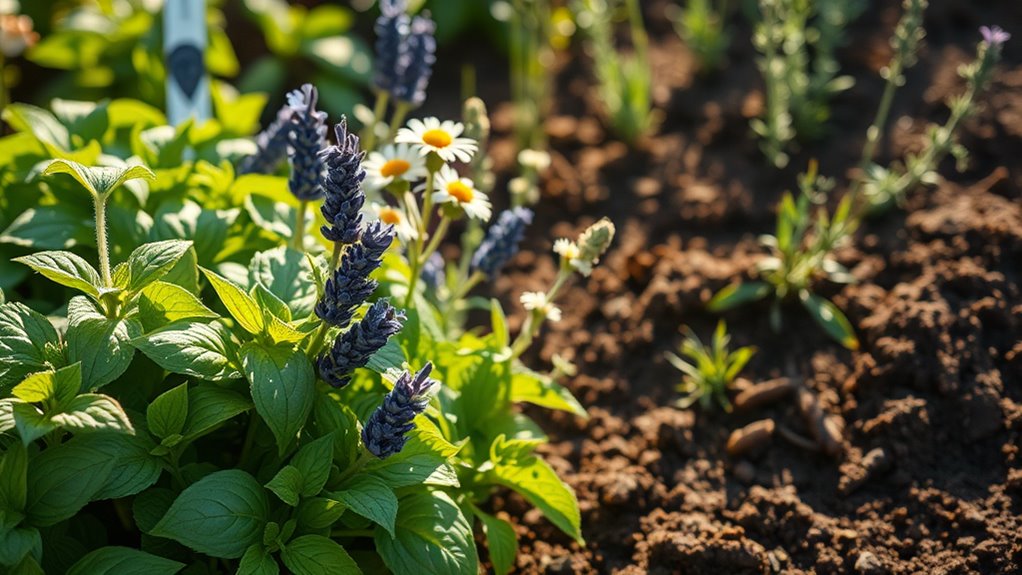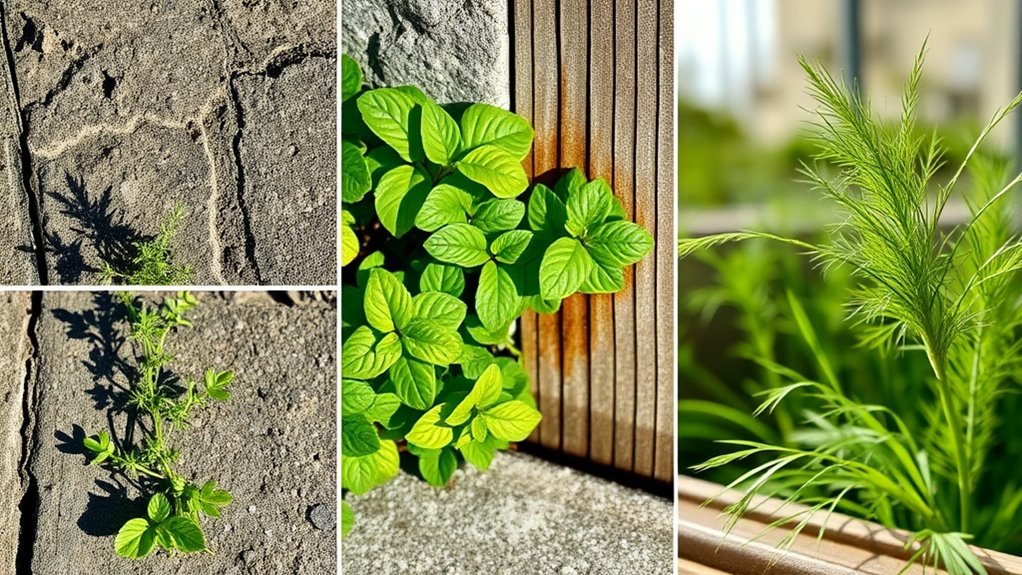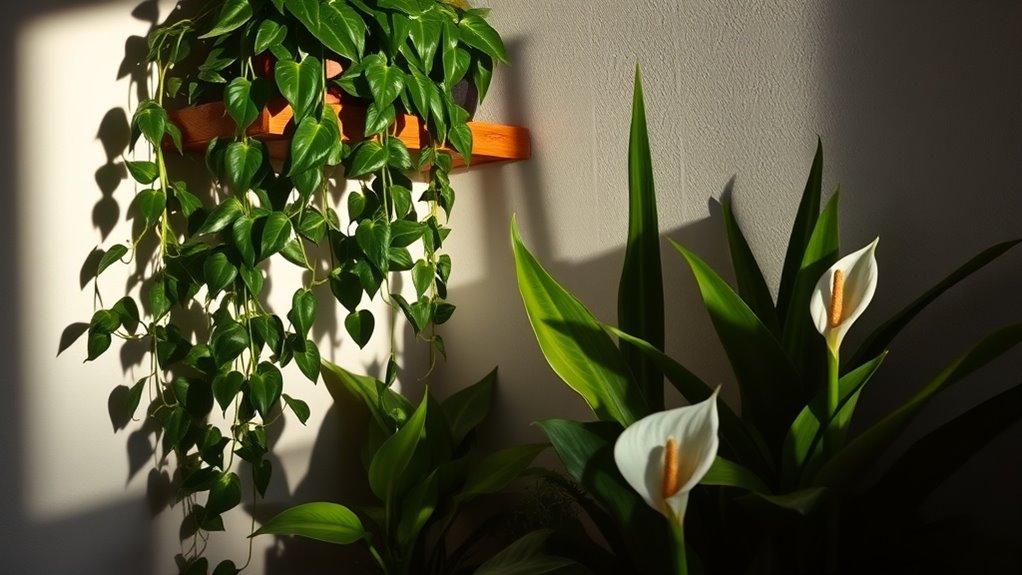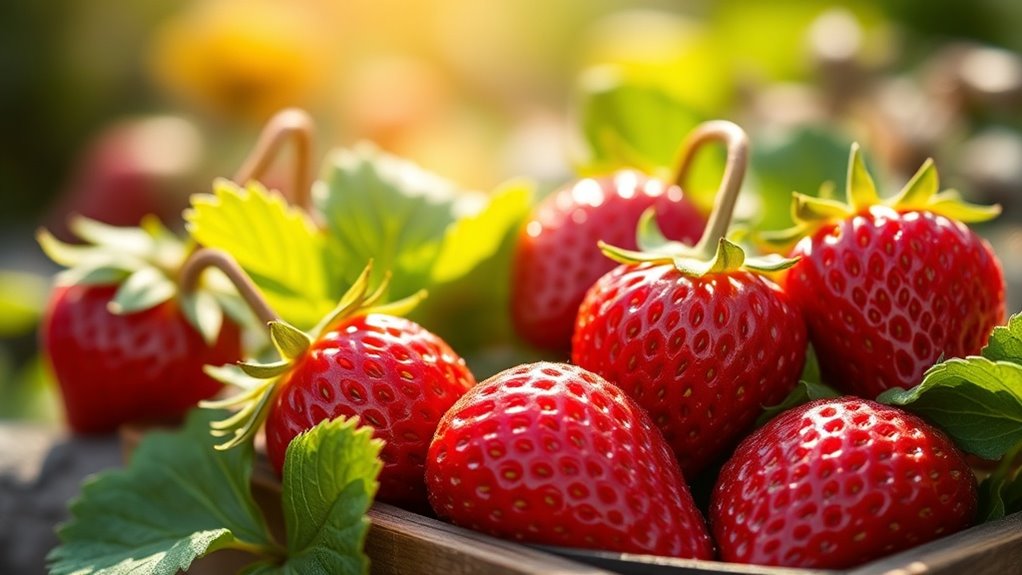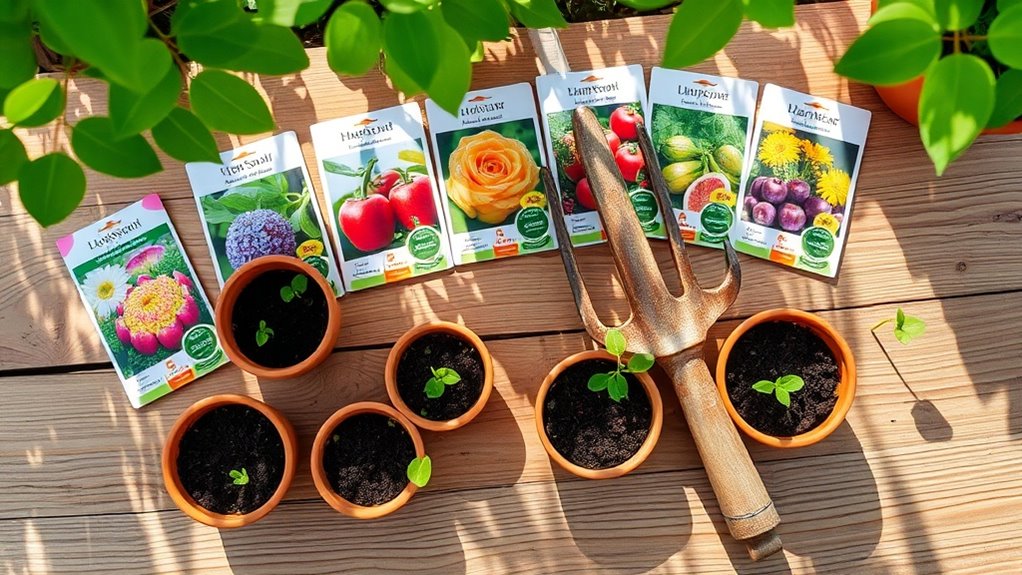The Best Time of Year to Plant Herbs (That No One Talks About)
Picture vibrant green herbs thriving in your garden, their scents mingling in the warm summer breeze. Most gardeners rush to plant in spring, yet late summer and fall hold unique advantages you might be missing. These seasons bring fewer pests, milder weather, and the potential for richer flavors. If you’re keen to extend your herb harvest and enjoy fresh ingredients long into the colder months, there’s more to discover about optimal planting times.
Understanding Herb Growth Cycles
Understanding the growth cycles of herbs is crucial for successful gardening, as each herb has its own unique timeline for germination, maturation, and harvest.
To optimize your herb planting timing, check individual needs—some herbs sprout quickly, while others take time.
Pay close attention to seasonal changes and local climate, ensuring your herbs thrive throughout their specific growth phases for a bountiful yield. Additionally, providing adequate light requirements is essential for maximizing growth and ensuring a continuous supply of fresh herbs year-round.
The Overlooked Benefits of Late Summer Planting
While many gardeners focus on spring as the ideal time for planting, late summer offers often-overlooked advantages that can enhance your herb garden’s success.
Consider these benefits:
-
Less Competition: Fewer pests and weeds thrive in late summer.
-
Milder Weather: Temperatures cool, reducing transplant shock.
-
Longer Growing Season: Herbs can establish before winter.
-
Flavor Development: Heat intensifies essential oils.
-
Fall Harvests: Enjoy fresh herbs for late dishes.
-
Improved Soil pH: Late summer planting allows time to address acidic soil conditions, ensuring a healthier growing environment for your herbs.
The Advantages of Fall Herb Planting
As the days grow shorter and temperatures begin to drop, planting herbs in the fall can be a smart choice for any gardener. The cooler weather reduces stress on plants, allowing roots to establish before winter. Additionally, fall planting often results in a more robust growth in spring, producing lush herbs. You’ll enjoy fresher flavors and a longer harvesting season next summer. Furthermore, many herbs can thrive indoors easily even in cooler months with the right care and attention.
Indoor Herb Planting for Year-Round Freshness
Growing herbs indoors can transform your cooking and ensure you have fresh flavors at your fingertips all year round. To maximize your indoor herb garden, consider these tips:
- Choose the right containers with drainage holes
- Use quality potting mix
- Place herbs in a sunny spot or use grow lights
- Water consistently, but avoid overwatering
- Harvest regularly to encourage new growth. Additionally, planting herbs indoors allows you to enjoy fresh herbs even during the cold winter months.
Seasonal Herb Pairing for Optimal Growth
Choosing the right herbs to plant together based on seasonal growth patterns can significantly enhance your garden’s productivity.
For spring, pair basil with tomatoes for natural pest control and flavor enhancement.
In summer, plant dill alongside cabbage to repel harmful insects.
During fall, grow parsley with carrots to boost growth.
These combinations encourage symbiosis, ensuring your herbs thrive and maximize your harvest year-round. Additionally, creating a diverse ecosystem in your garden can attract beneficial insects, which further supports plant health.

